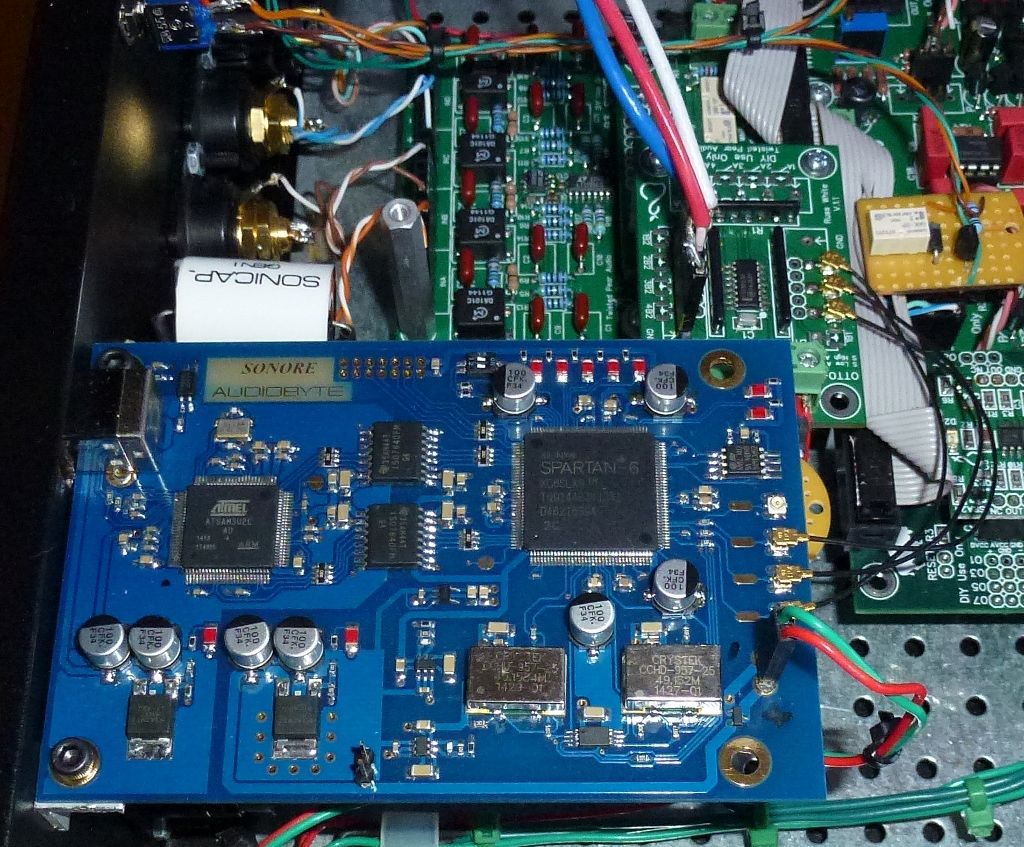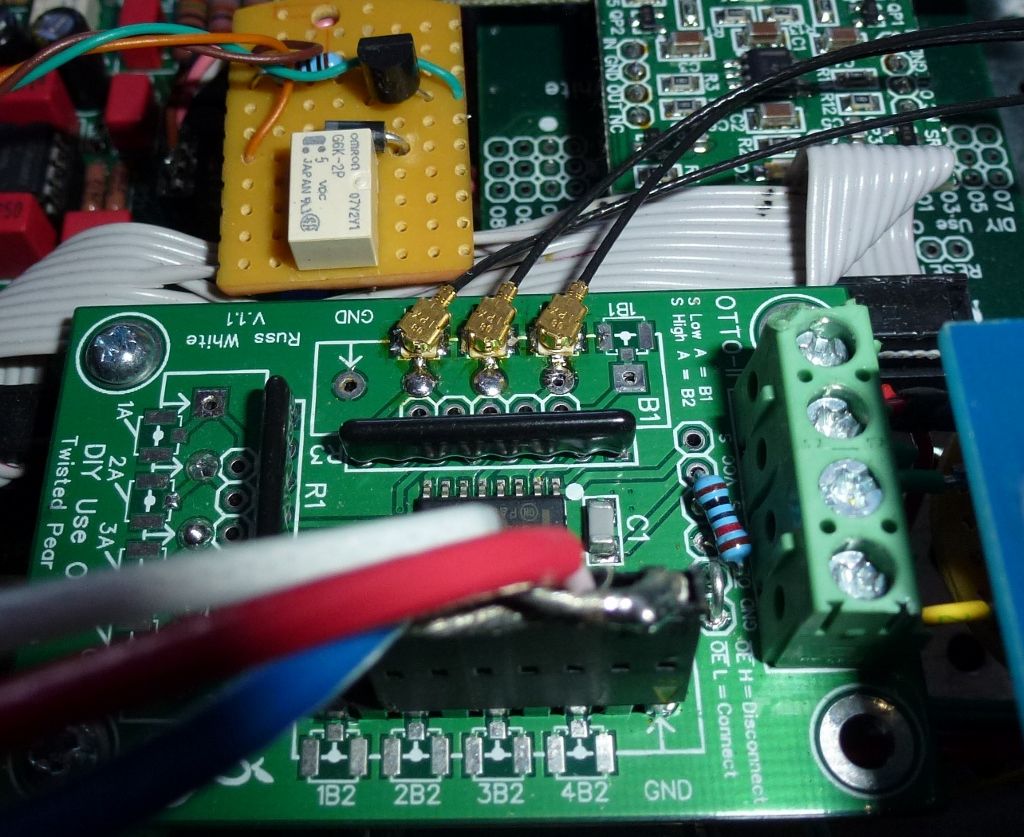I'm working on a drop in swap upgrade for Carl's Twisted Pear single Buffalo III DAC. Currently he has the Amanero USB to I2S module with no isolation. That means grounds are connected between PC and DAC. You can get mixed results with no isolation. Our DAC's are similar in that they use the same parts (although mine is dual mono with two DAC boards) and they have Arduino serial control of the DAC with remote control. ALL DAC settings are available and it saves best settings by input.
Twisted Pear developed a nice Hermes/Cronus isolation and reclocking solution that offers better clocks than the ones on the Amanero. Crystec clock oscillators are a high quality reasonably priced low phase noise option. This kind of shows you what you hear about at times. With this combination you have the option of running in synch mode, where the clock on the USB module provides the clock for the DAC.
Fortunately most of the hard stuff is mounted, like the Potato isolation chip. They supply SMD and through hole resistors for R1 to R7 on the Cronus board. I got brave and went SMD. My fillet is thick but they are good joints and no shorts or bridges based on testing with MM.
Outputs are the optional synch mode MCK or Master Clock, BCK or Bit Clock, D1 or Word Clock, D2 or Serial Data. I2S is the serial communication used in CD players where clock and data are separate. SPDIF has the data and clock embedded and the DAC chip must sort it out. Some DAC's do better decoding SPDIF, like the ESS Sabre which does not totally rely on the embedded clock. Thus some DAC's respond with significantly better sound quality using I2S than SPDIF input. I2S is not spec'd for long runs though, so the circuit length must be kept short. We'll be at or under 4 inches length of U.fl cable, which is good. U.fl is a tiny coax.
I'll test it in my dual mono BIII DAC and if it works, send it to him for install. We have a separate power supply in his DAC for the module boards that will supply the 5v it needs.
Long live DIY!
![biiidac_f_31024x372.jpg]()
![biiidac_i_1.jpg]()
![hermes_cronus_1.jpg]()
![cronus_populated.jpg]()
![close%20up.jpg]()
An internal shot of my DAC with Sonore USB to I2S module connected with tiny U.fl cable. I've also used small diameter coax taken from some old video cables and ribbon cable. With ribbon cable its best if you have a ground between each signal wire.
![sonore_2.jpg]()
![sonore_4.jpg]()
Twisted Pear developed a nice Hermes/Cronus isolation and reclocking solution that offers better clocks than the ones on the Amanero. Crystec clock oscillators are a high quality reasonably priced low phase noise option. This kind of shows you what you hear about at times. With this combination you have the option of running in synch mode, where the clock on the USB module provides the clock for the DAC.
Fortunately most of the hard stuff is mounted, like the Potato isolation chip. They supply SMD and through hole resistors for R1 to R7 on the Cronus board. I got brave and went SMD. My fillet is thick but they are good joints and no shorts or bridges based on testing with MM.
Outputs are the optional synch mode MCK or Master Clock, BCK or Bit Clock, D1 or Word Clock, D2 or Serial Data. I2S is the serial communication used in CD players where clock and data are separate. SPDIF has the data and clock embedded and the DAC chip must sort it out. Some DAC's do better decoding SPDIF, like the ESS Sabre which does not totally rely on the embedded clock. Thus some DAC's respond with significantly better sound quality using I2S than SPDIF input. I2S is not spec'd for long runs though, so the circuit length must be kept short. We'll be at or under 4 inches length of U.fl cable, which is good. U.fl is a tiny coax.
I'll test it in my dual mono BIII DAC and if it works, send it to him for install. We have a separate power supply in his DAC for the module boards that will supply the 5v it needs.
Long live DIY!
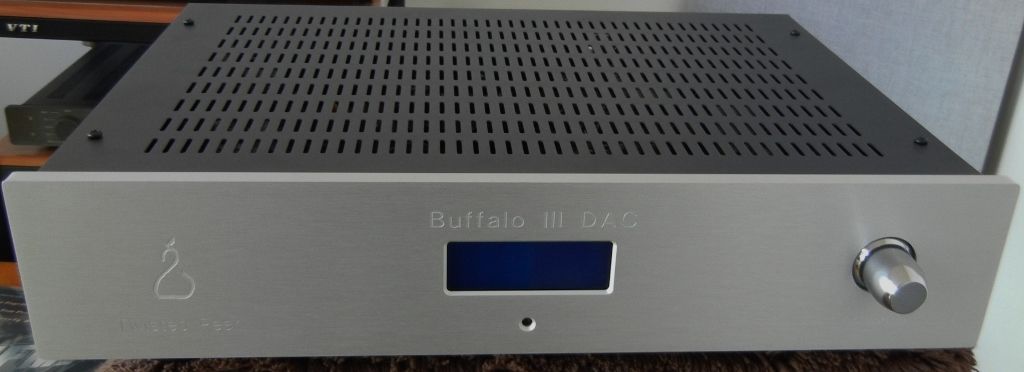
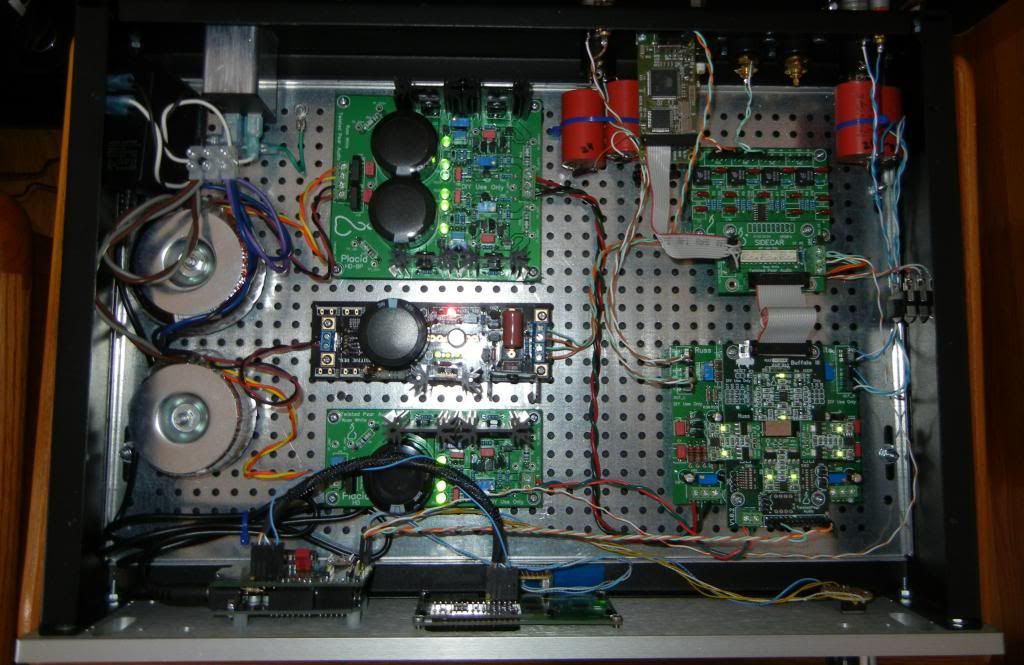
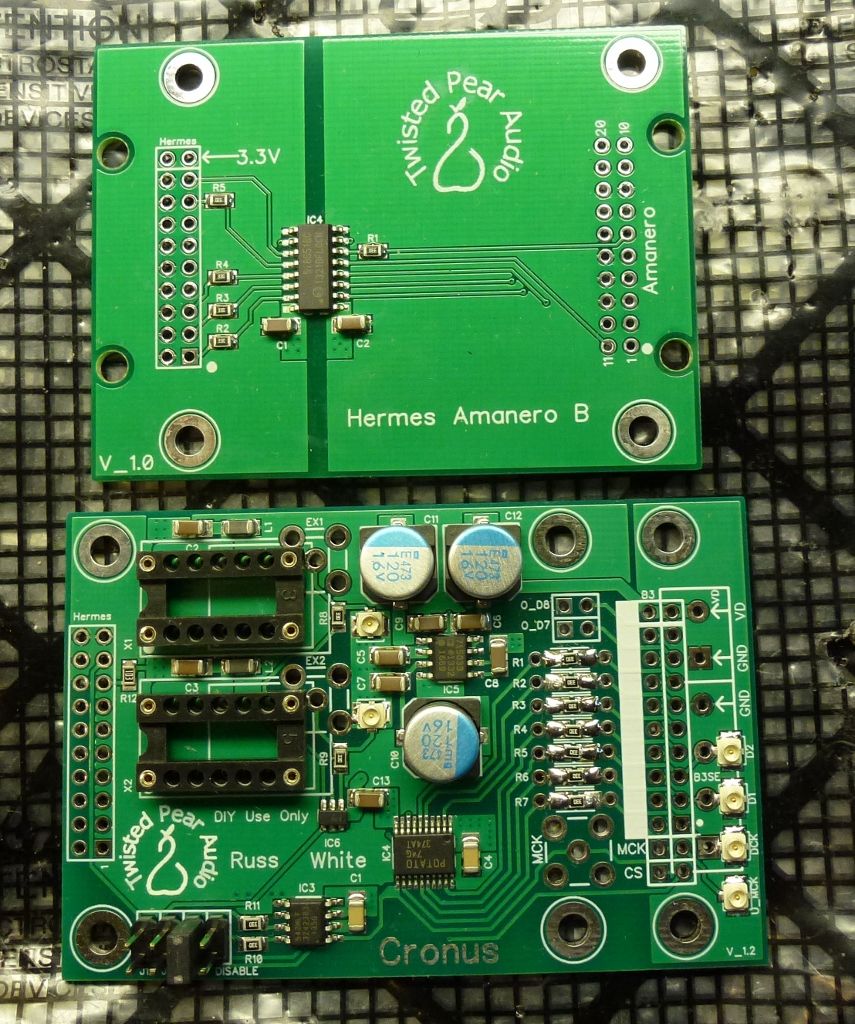
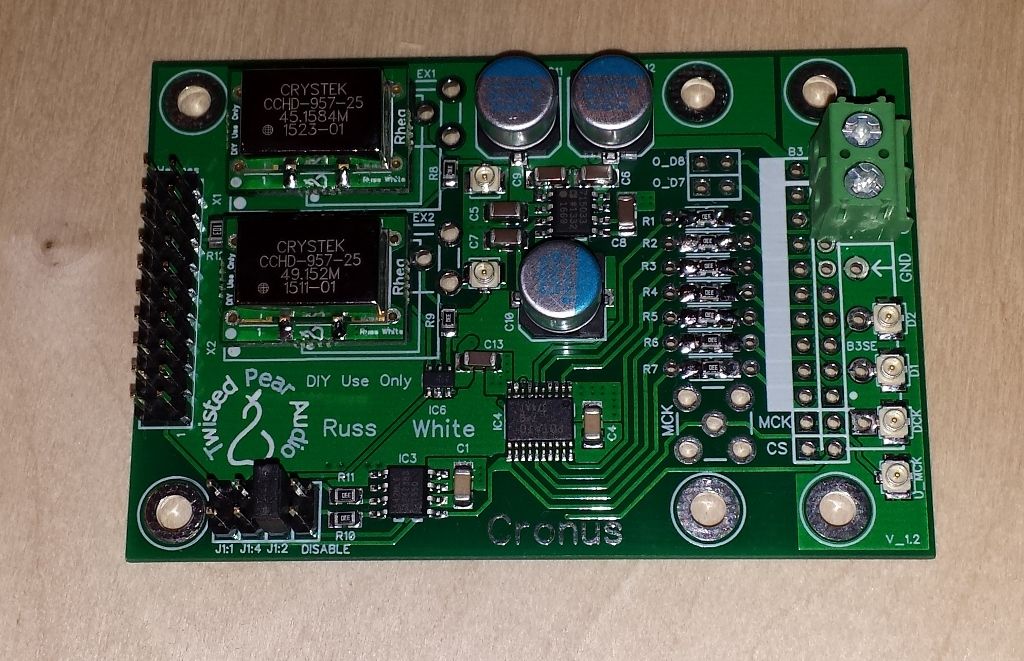
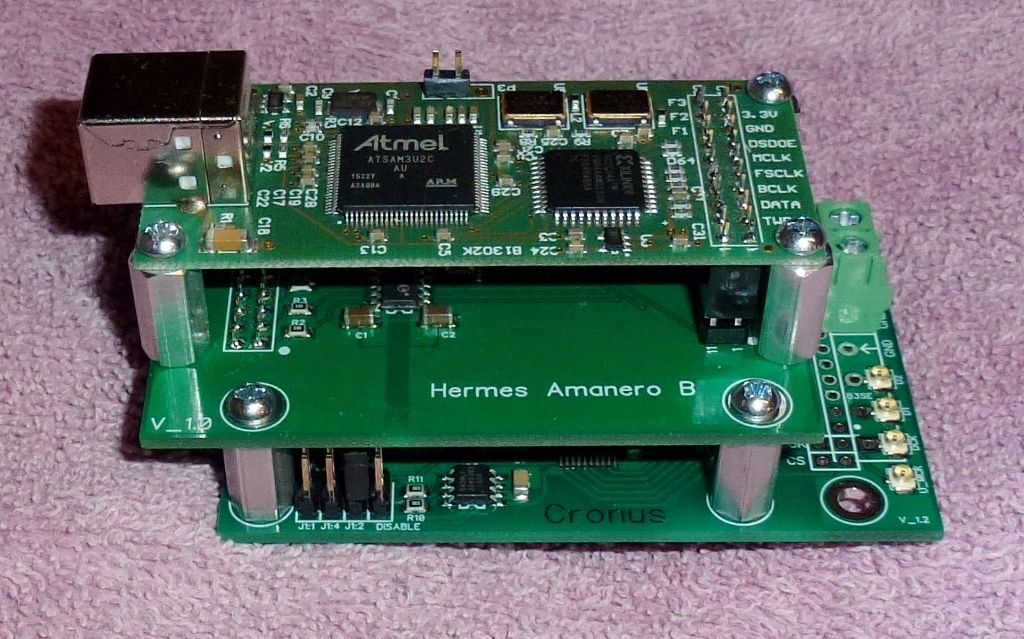
An internal shot of my DAC with Sonore USB to I2S module connected with tiny U.fl cable. I've also used small diameter coax taken from some old video cables and ribbon cable. With ribbon cable its best if you have a ground between each signal wire.
